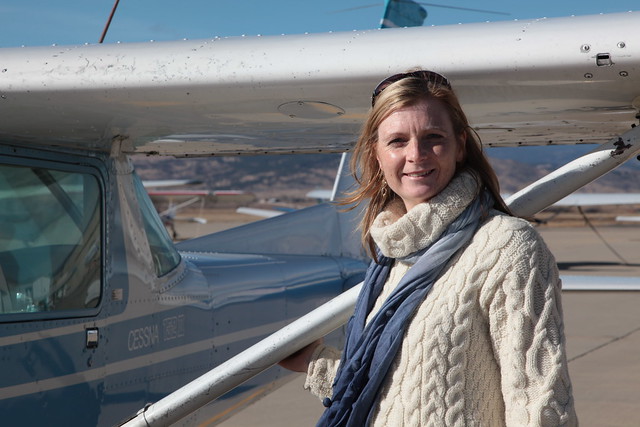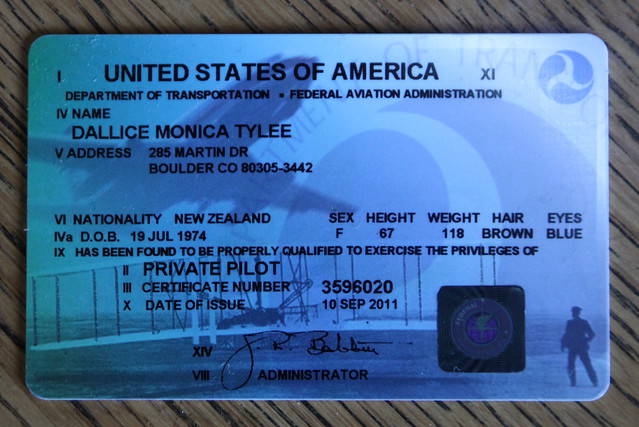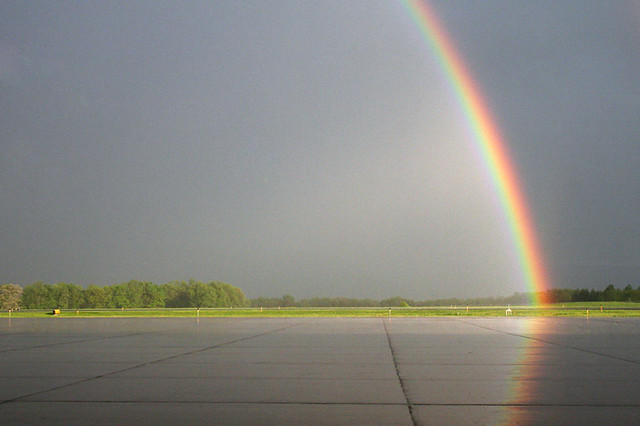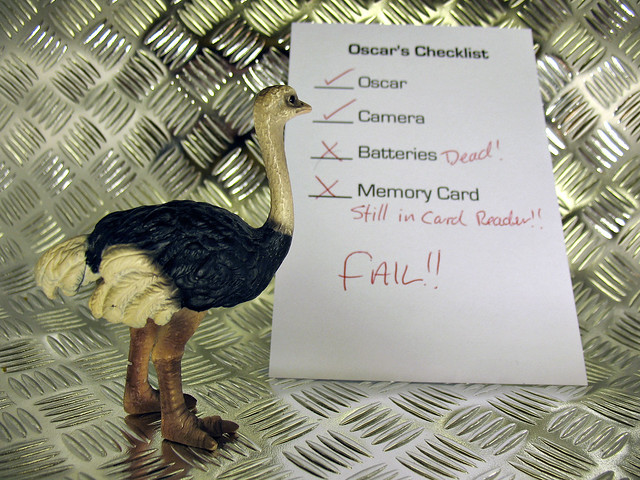I'm not one of those parents who thinks their "little one" is the most gifted of all his friends. Mine is definitely the cutest though. (He really, really is!)
Marley is seven years old. I believe his exceptionally good behavior is mostly explained by the "slow learning" tendency he exhibits. This year marked a milestone on his learning curve. He opened a door and walked through it. I know, I know... sounds fairly advanced, right? Umm, no. We are talking about a door that was already ajar by about 6 inches. For six and a half years, Marley has stood at said door, whined a bit and waited for someone to get up and open it. It had to be wide enough that he didn't touch it while passing through the opening. You get the picture?
Did I mention that my "little one" is a Golden Retriever, not an actual kid?
In all fairness, it's not that he was un-trainable. By four months of age, he sat, stayed, came, laid down and could "drop it" on command. Totally treat driven, his little brain was a sponge and his larger belly was always on the look out for the opportunity to earn a snack.
Marley never taught himself anything though... Unless you count the time that he learned to wash his face by licking his paws and wiping his face, all cat-like. Apparently he is happy to take instruction from a 4 month old kitten as well as me. Interestingly, the kitten offered no treat for skill well learned!
I digress.
While out at the airport recently, Marley tried to follow, as Mark climbed onto the wing of his Bonanza and stepped inside. There was some whining as he had trouble figuring out how to best get up on the wing and he ended up waiting impatiently for Mark to rejoin him on the ground.
Mark and I apparently had the same question. How would Marley do as a passenger, in the back seat of the Bonanza? Perhaps it was time to find out.
A short flight from Longmont (KLMO) to Greeley (KGXY) seemed like the right time to test the new flight student.
Boy, was Marley excited! I gave him a little help climbing onto the wing, then he walked up to the door, passed behind the co-pilot seat and settled quickly on the back seat. Like any good student, he sat upright, positioned beautifully,dead center to get the best view out of the windscreen and, at a glance, out of either of the side windows.
Im not sure that Marley realized when we took off. At about 500' AGL he seemed surprised at the new view out the window, for sure. He spent the next 15 minutes drooling excitedly, with his head between the two front seats... And like a good student, he stared outside about 80% of the time and monitored the instruments (I.E. pilot) the other 20%.
As a mother, I worried a little that he would get suddenly nauseated and not enjoy himself. As a hungry woman, I simply worried that if he threw up on me, I would not have something else to change into and would have to forfeit breakfast at the Greeley Airport!
My fears were unfounded. At Greeley he (kind of) gracefully exited the airplane and proceeded to do what any decent dog does. He marked his territory and laid down for a nap in the shade while we ate inside.
The flight back to Longmont was just as exciting and just as uneventful.
With an introductory flight under his belt/collar, Marley received Mark's endorsement to fly from the back seat again in the near future.
Marley is seven years old. I believe his exceptionally good behavior is mostly explained by the "slow learning" tendency he exhibits. This year marked a milestone on his learning curve. He opened a door and walked through it. I know, I know... sounds fairly advanced, right? Umm, no. We are talking about a door that was already ajar by about 6 inches. For six and a half years, Marley has stood at said door, whined a bit and waited for someone to get up and open it. It had to be wide enough that he didn't touch it while passing through the opening. You get the picture?
Did I mention that my "little one" is a Golden Retriever, not an actual kid?
In all fairness, it's not that he was un-trainable. By four months of age, he sat, stayed, came, laid down and could "drop it" on command. Totally treat driven, his little brain was a sponge and his larger belly was always on the look out for the opportunity to earn a snack.
Marley never taught himself anything though... Unless you count the time that he learned to wash his face by licking his paws and wiping his face, all cat-like. Apparently he is happy to take instruction from a 4 month old kitten as well as me. Interestingly, the kitten offered no treat for skill well learned!
I digress.
While out at the airport recently, Marley tried to follow, as Mark climbed onto the wing of his Bonanza and stepped inside. There was some whining as he had trouble figuring out how to best get up on the wing and he ended up waiting impatiently for Mark to rejoin him on the ground.
Mark and I apparently had the same question. How would Marley do as a passenger, in the back seat of the Bonanza? Perhaps it was time to find out.
A short flight from Longmont (KLMO) to Greeley (KGXY) seemed like the right time to test the new flight student.
Boy, was Marley excited! I gave him a little help climbing onto the wing, then he walked up to the door, passed behind the co-pilot seat and settled quickly on the back seat. Like any good student, he sat upright, positioned beautifully,dead center to get the best view out of the windscreen and, at a glance, out of either of the side windows.
Im not sure that Marley realized when we took off. At about 500' AGL he seemed surprised at the new view out the window, for sure. He spent the next 15 minutes drooling excitedly, with his head between the two front seats... And like a good student, he stared outside about 80% of the time and monitored the instruments (I.E. pilot) the other 20%.
As a mother, I worried a little that he would get suddenly nauseated and not enjoy himself. As a hungry woman, I simply worried that if he threw up on me, I would not have something else to change into and would have to forfeit breakfast at the Greeley Airport!
My fears were unfounded. At Greeley he (kind of) gracefully exited the airplane and proceeded to do what any decent dog does. He marked his territory and laid down for a nap in the shade while we ate inside.
The flight back to Longmont was just as exciting and just as uneventful.
With an introductory flight under his belt/collar, Marley received Mark's endorsement to fly from the back seat again in the near future.








